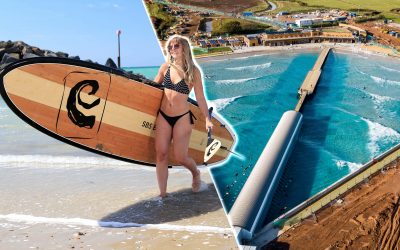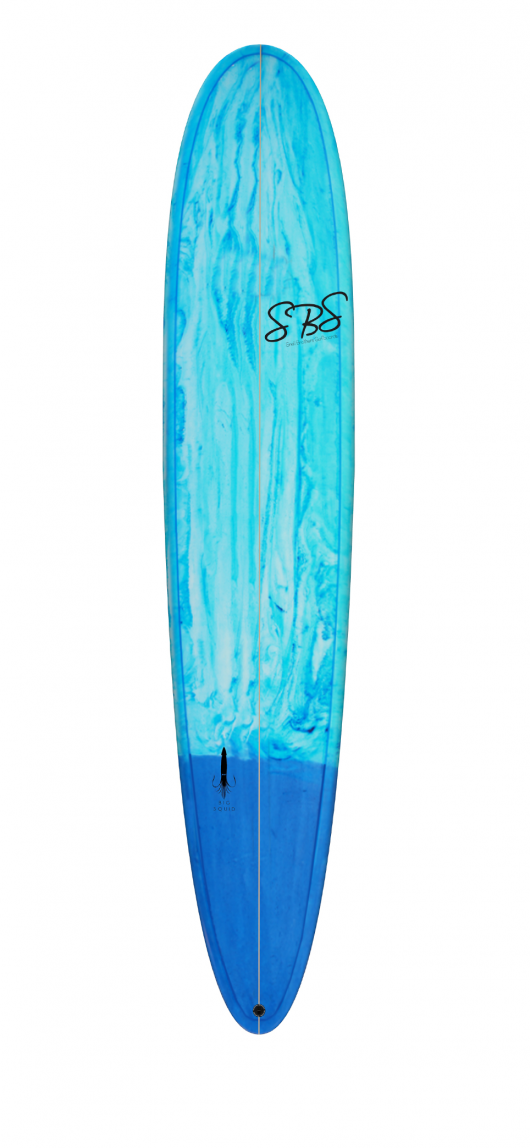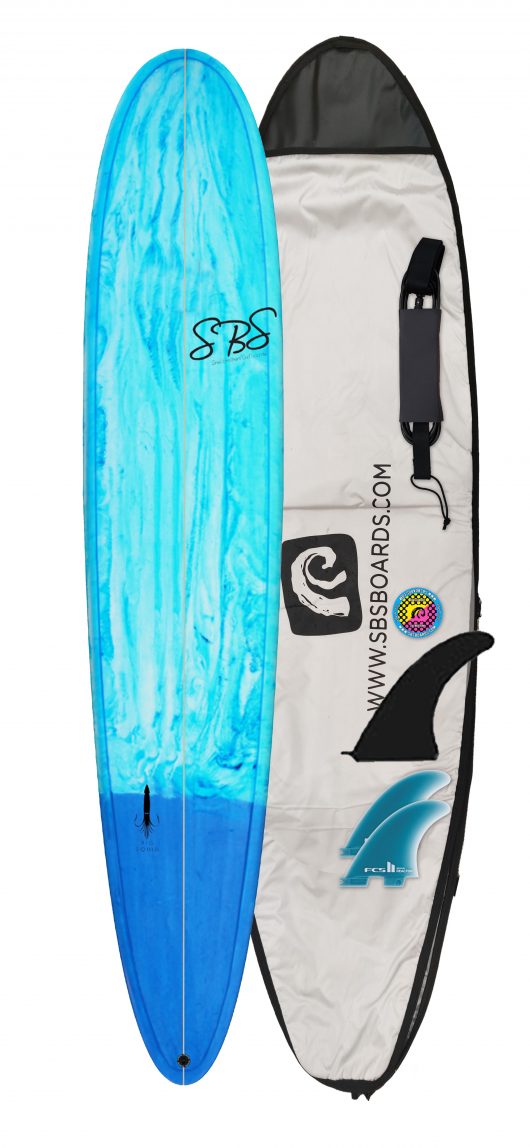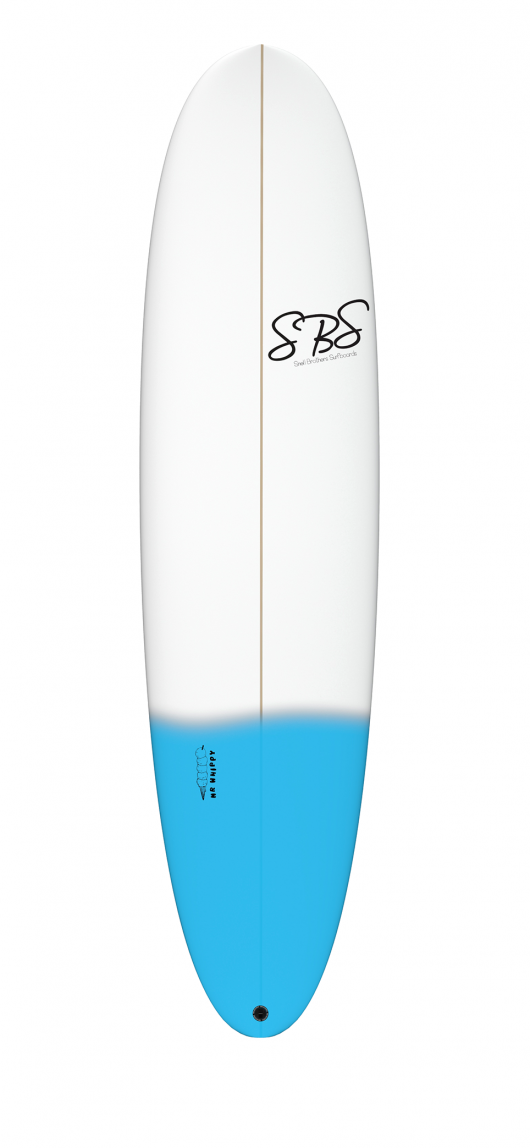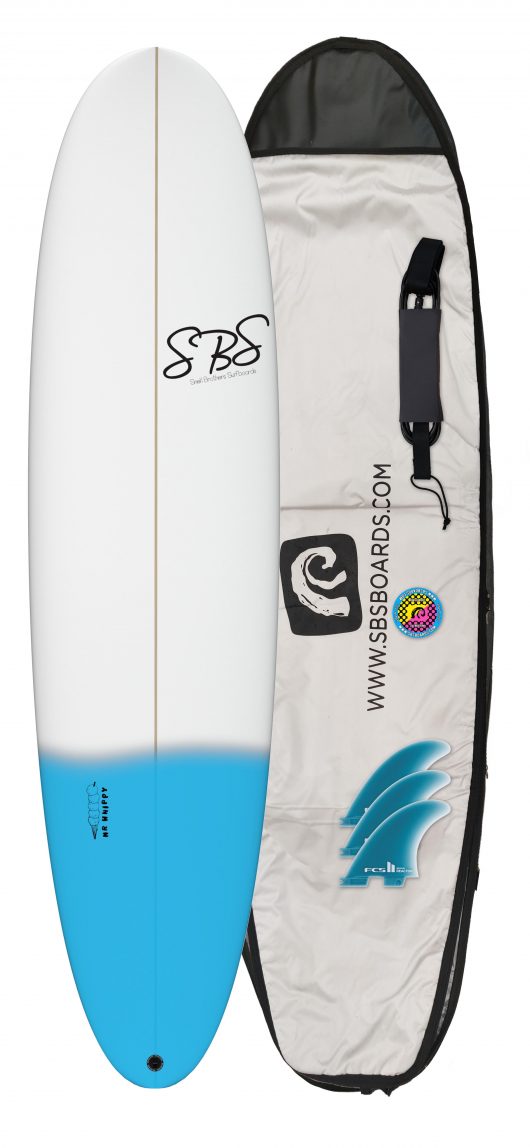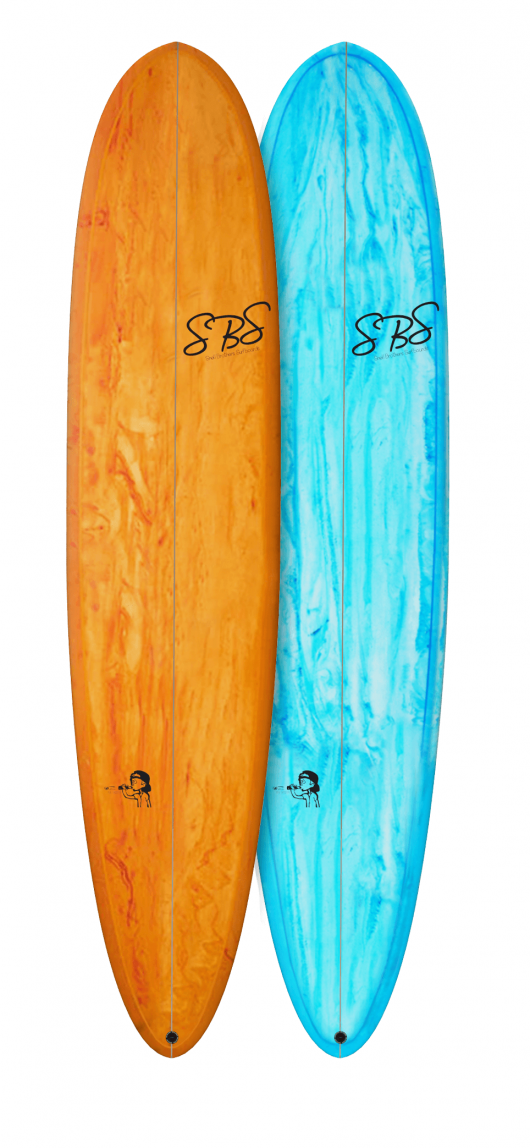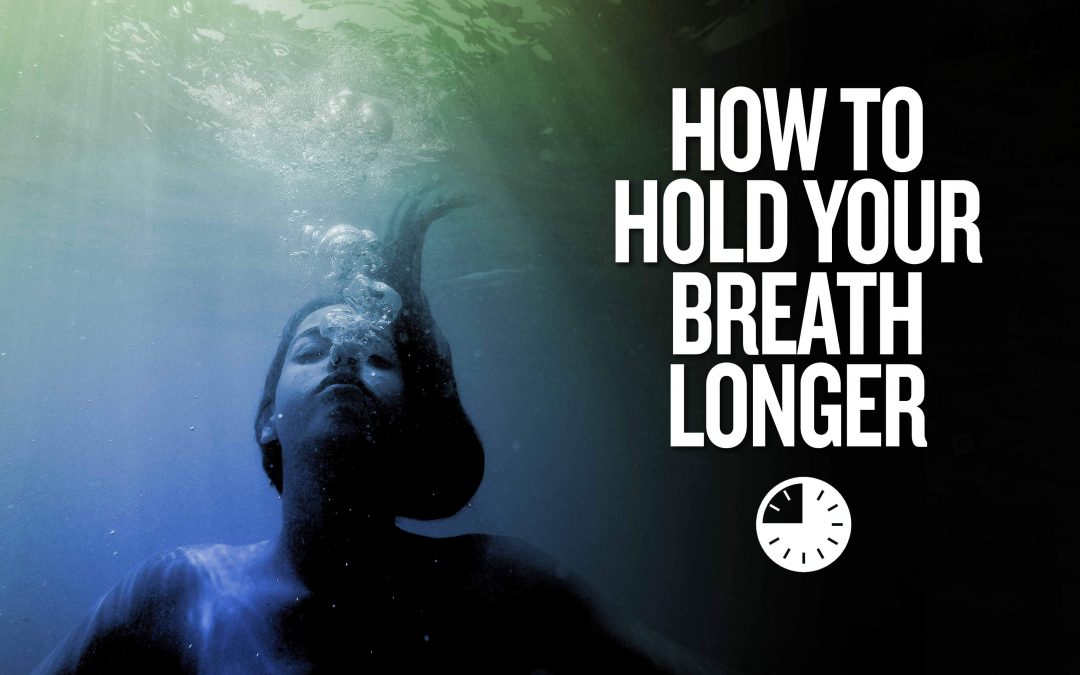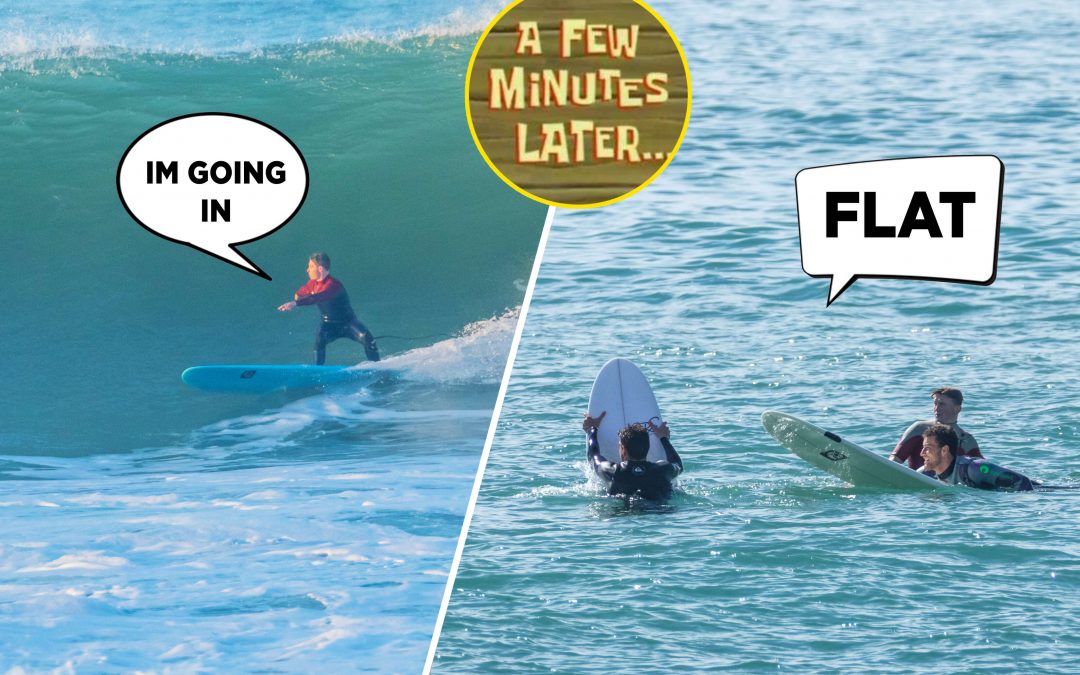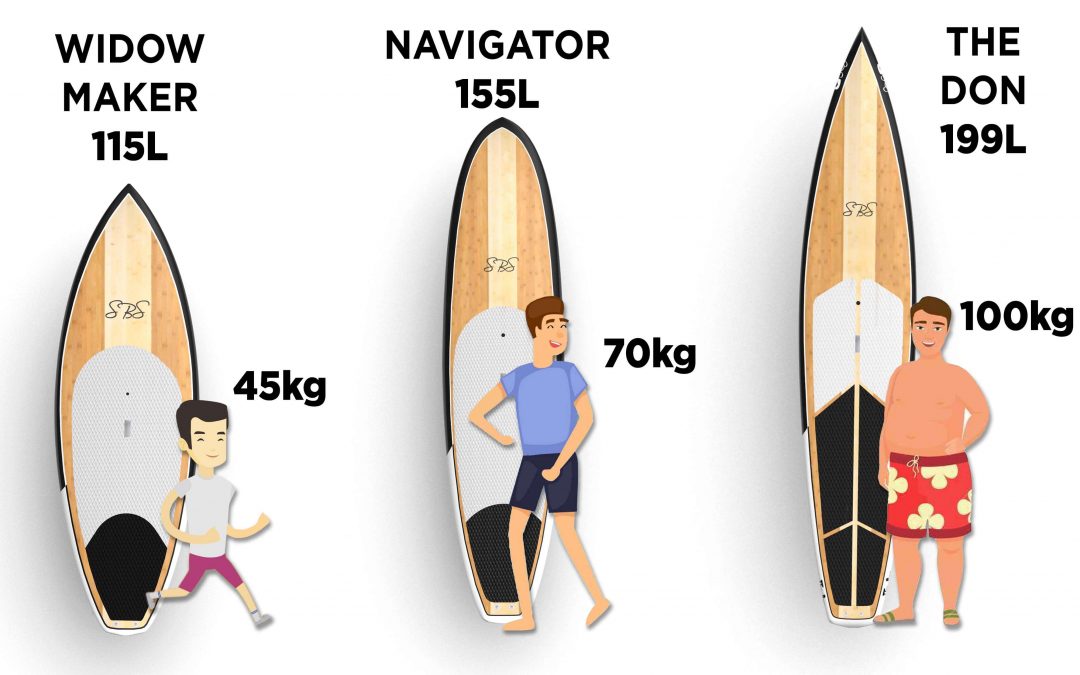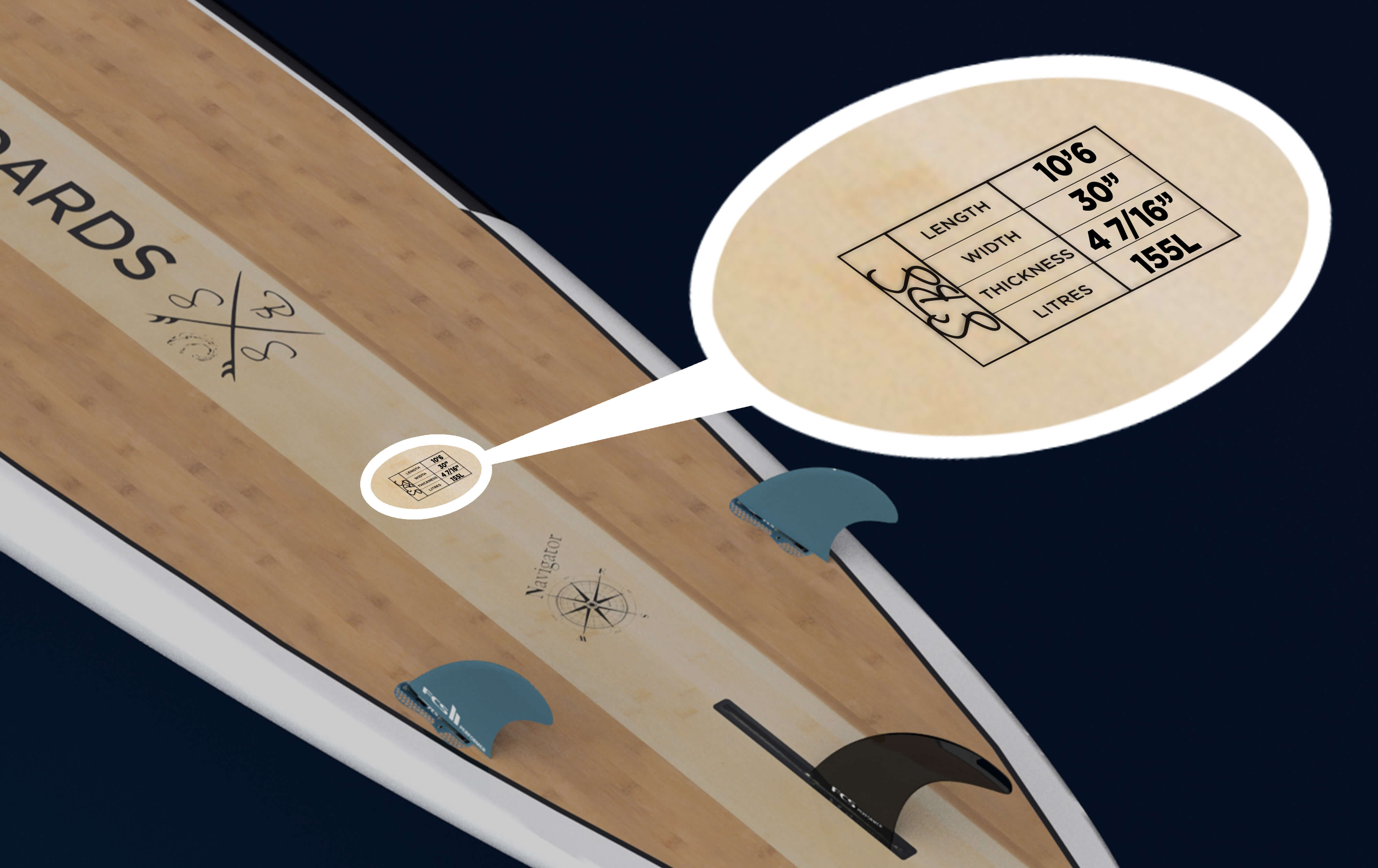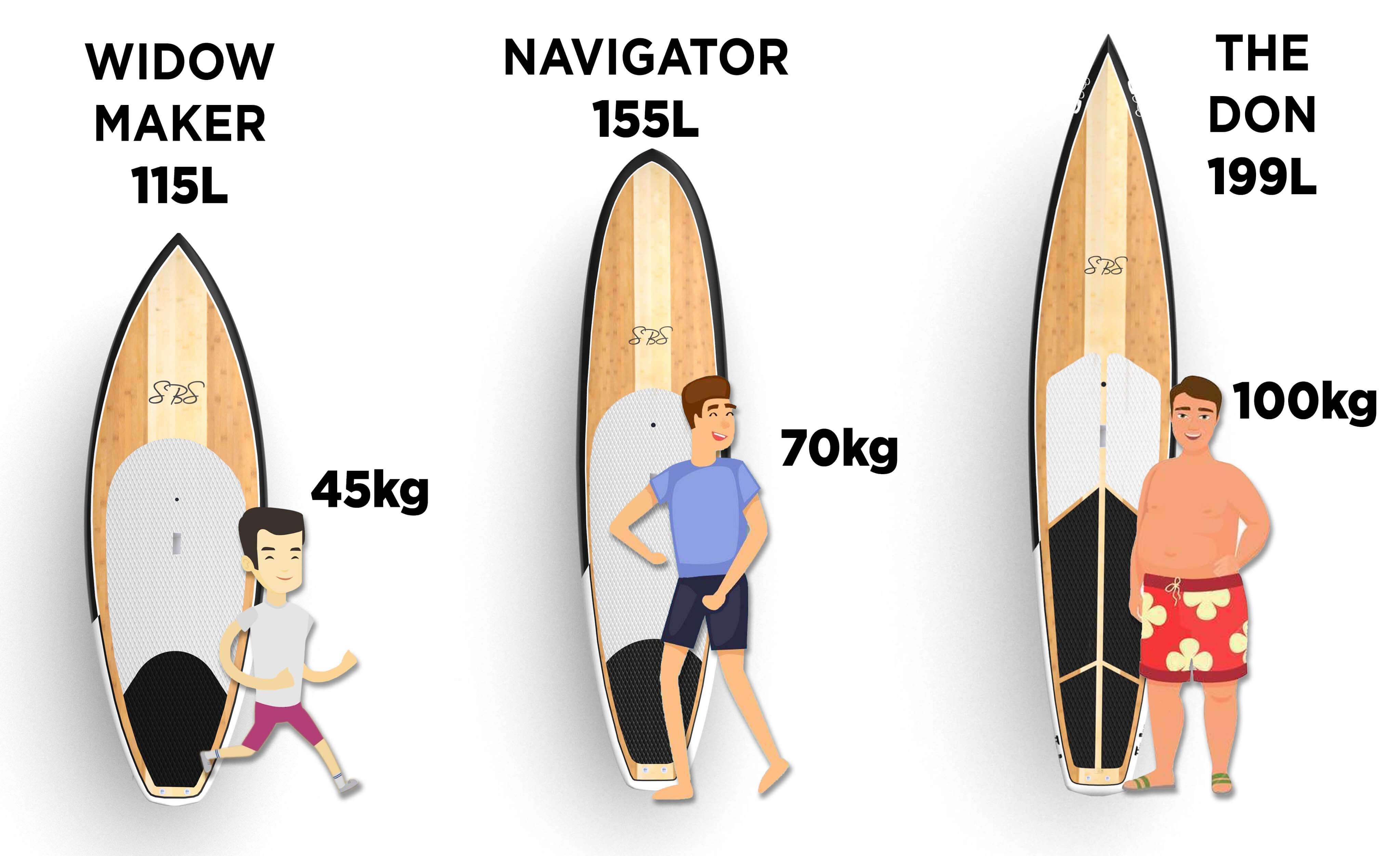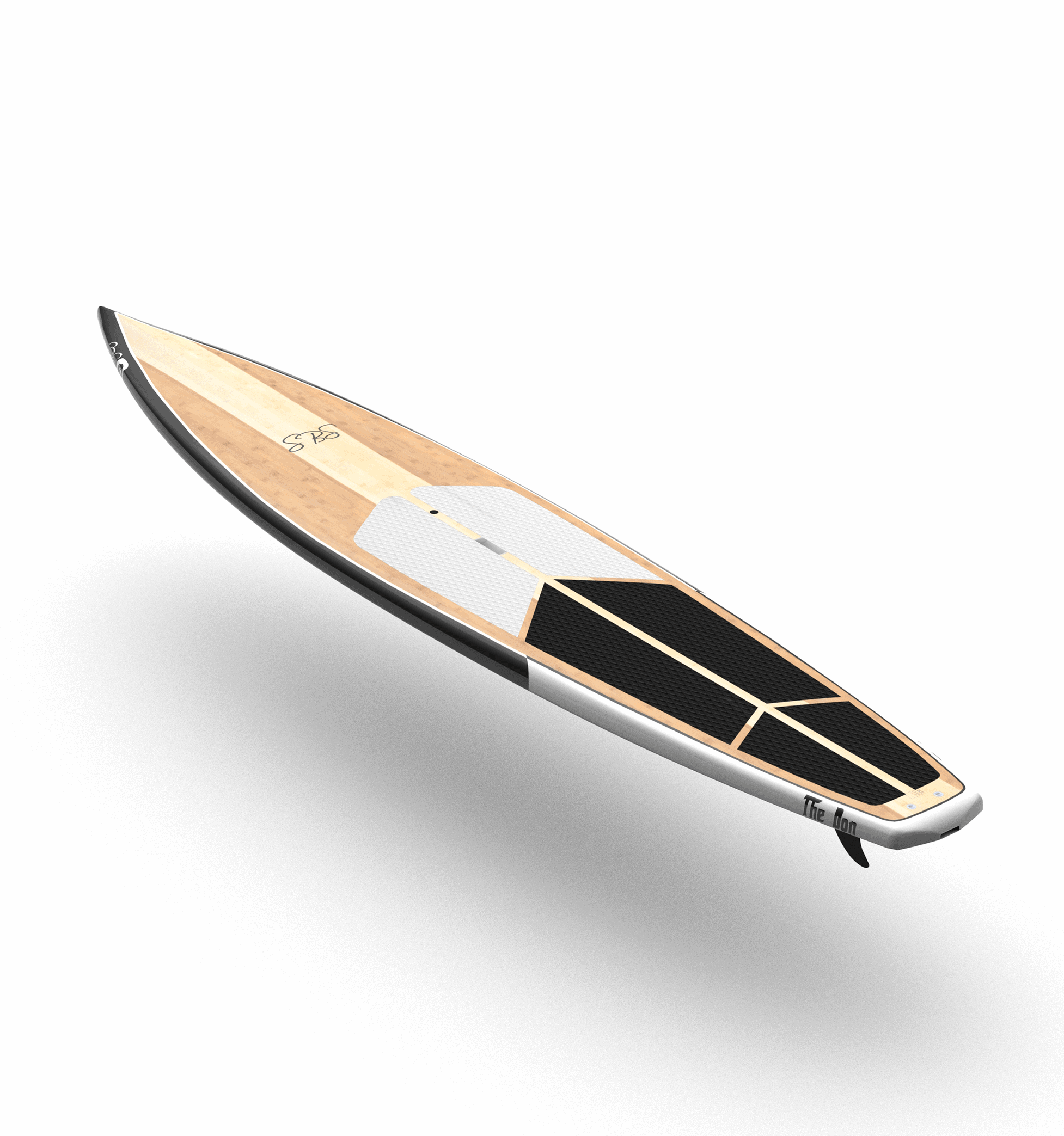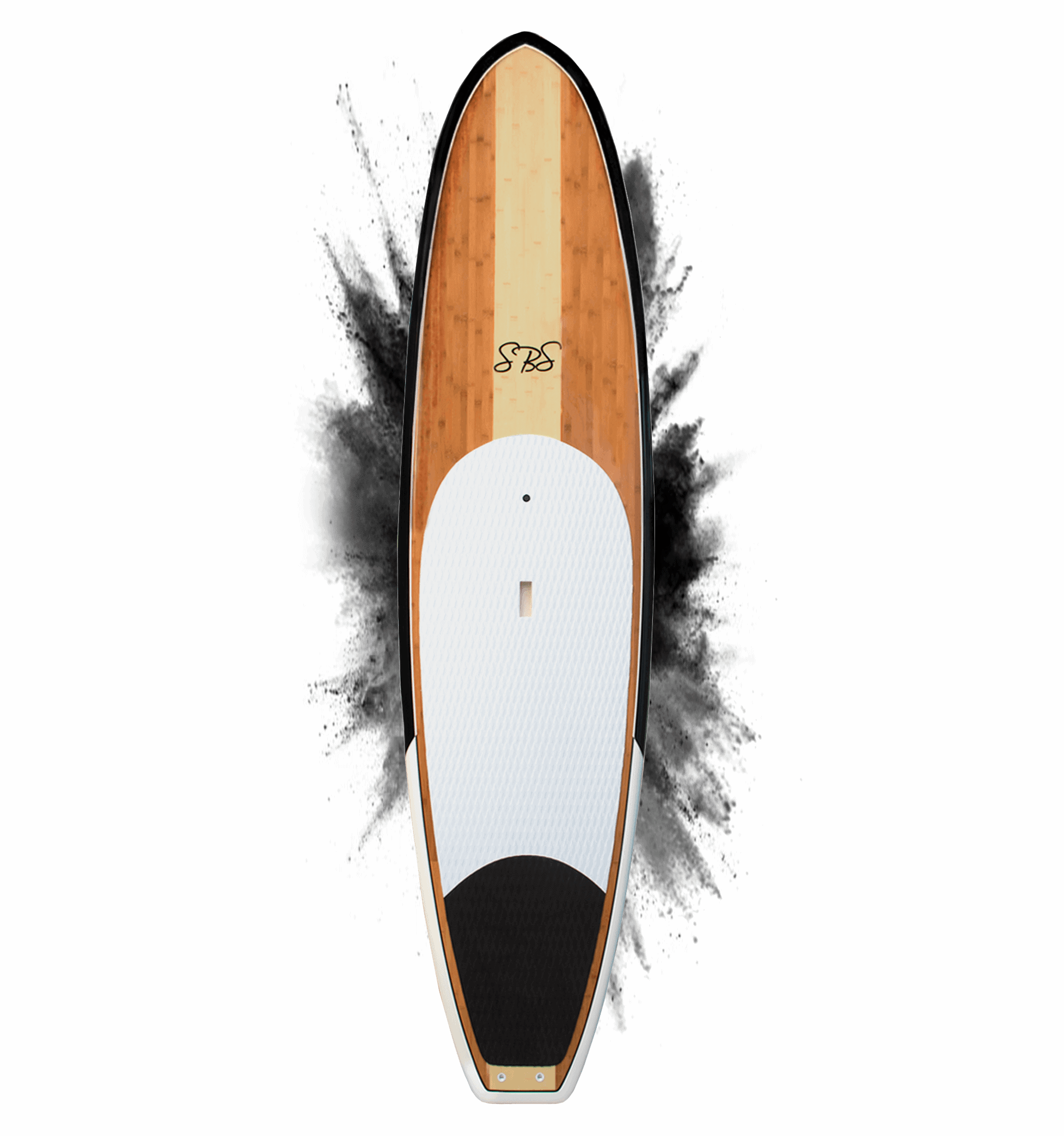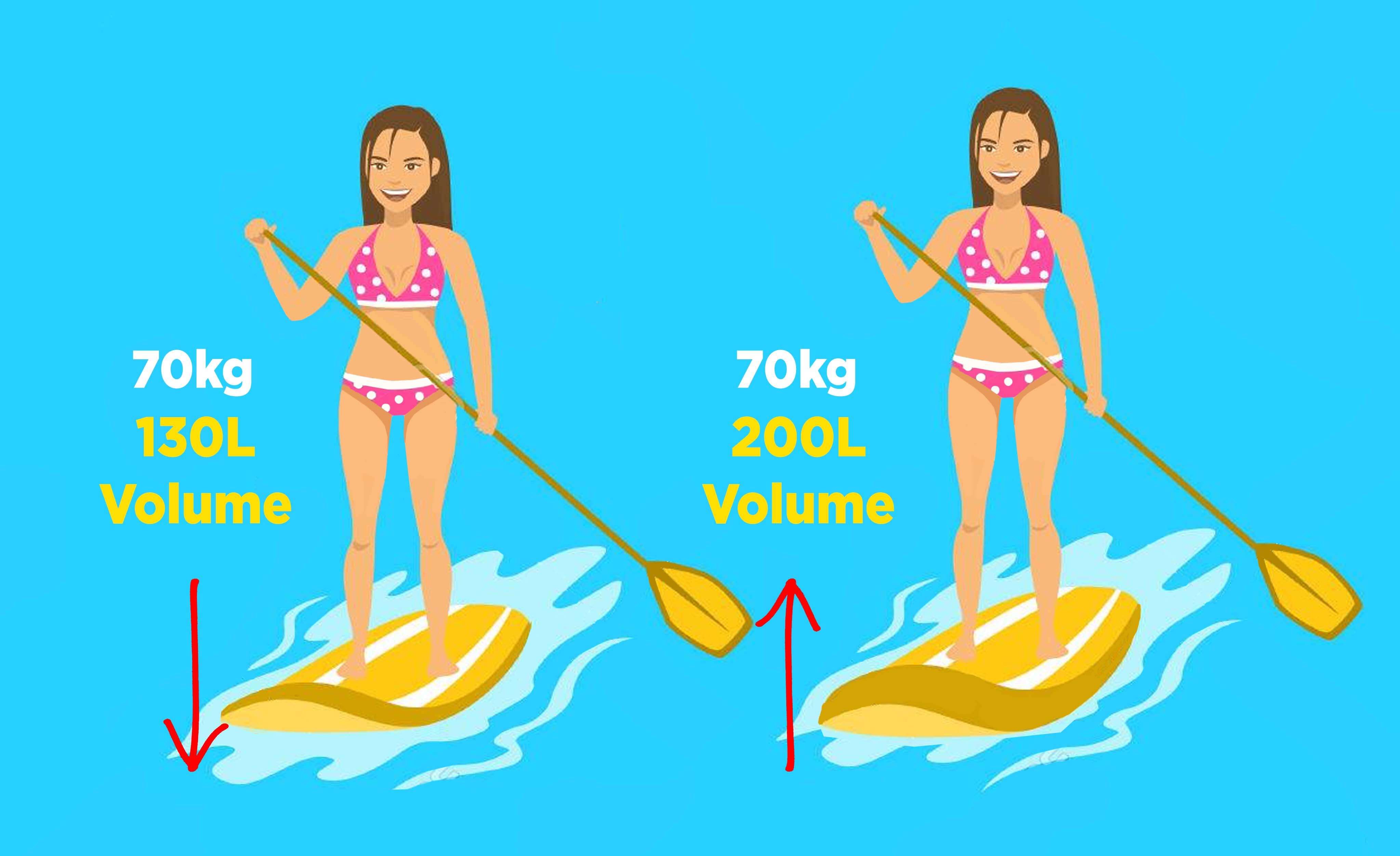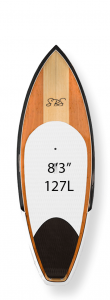If your into stand up paddleboarding you probably want to spend more time doing it and would love to get to a better level where you fall in less, paddle faster and can surf more waves? The best way to improve is to get more practice paddling but there are other ways...
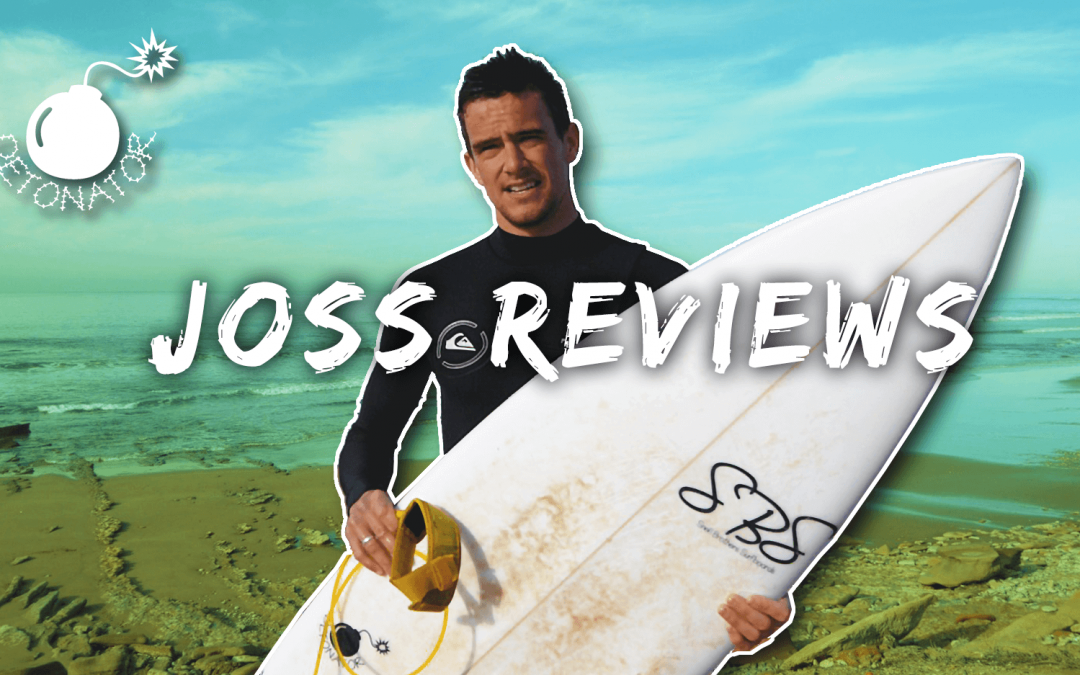
Detonator Review “Joss Brooks”…Morocco
Detonator Review “Joss Brooks”…Morocco
JOSS REVIEW
Team Rider Joss Brooks has been as SBS Team rider since 2017 and has been surfing around the Newquay area all his life Jose surfs mostly high performance shortboards so was defiantly the man for the job when it cam to reviewing our detonator model. Joss was surfing our 5’9 Detonator in morocco’s famous surf sport Anchor Point last winter when it was firing. full loaded and perfect conditions to test the detonator. Joss surfed this board for 4 days and this is what Joss thought of our Detonator model.

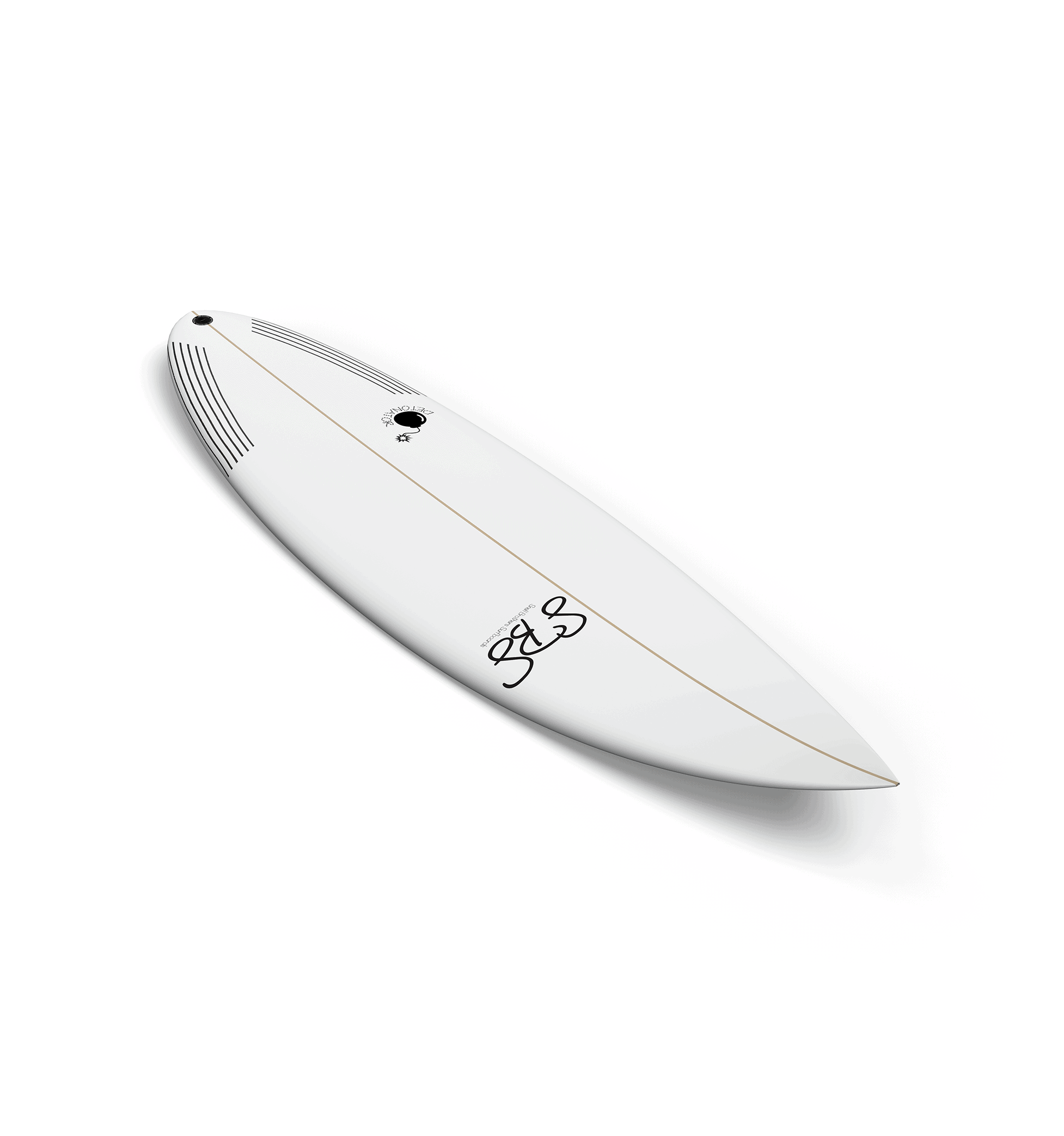
Joss Brooks
“Its really good on open faces you get a lot of drive through it, especially if you used a quad set up”
“The Pin tail goes really well in big waves”
“Really good for drawing out big turns”
“Really good on rail so you can carry that speed through your bottom turn, and sections”
“I would recommend this board for more experienced surfer as its a high performance board for high performance waves”
“If you your a more experienced surfer and looking to surf some bigger waves defiantly think about getting one of these”
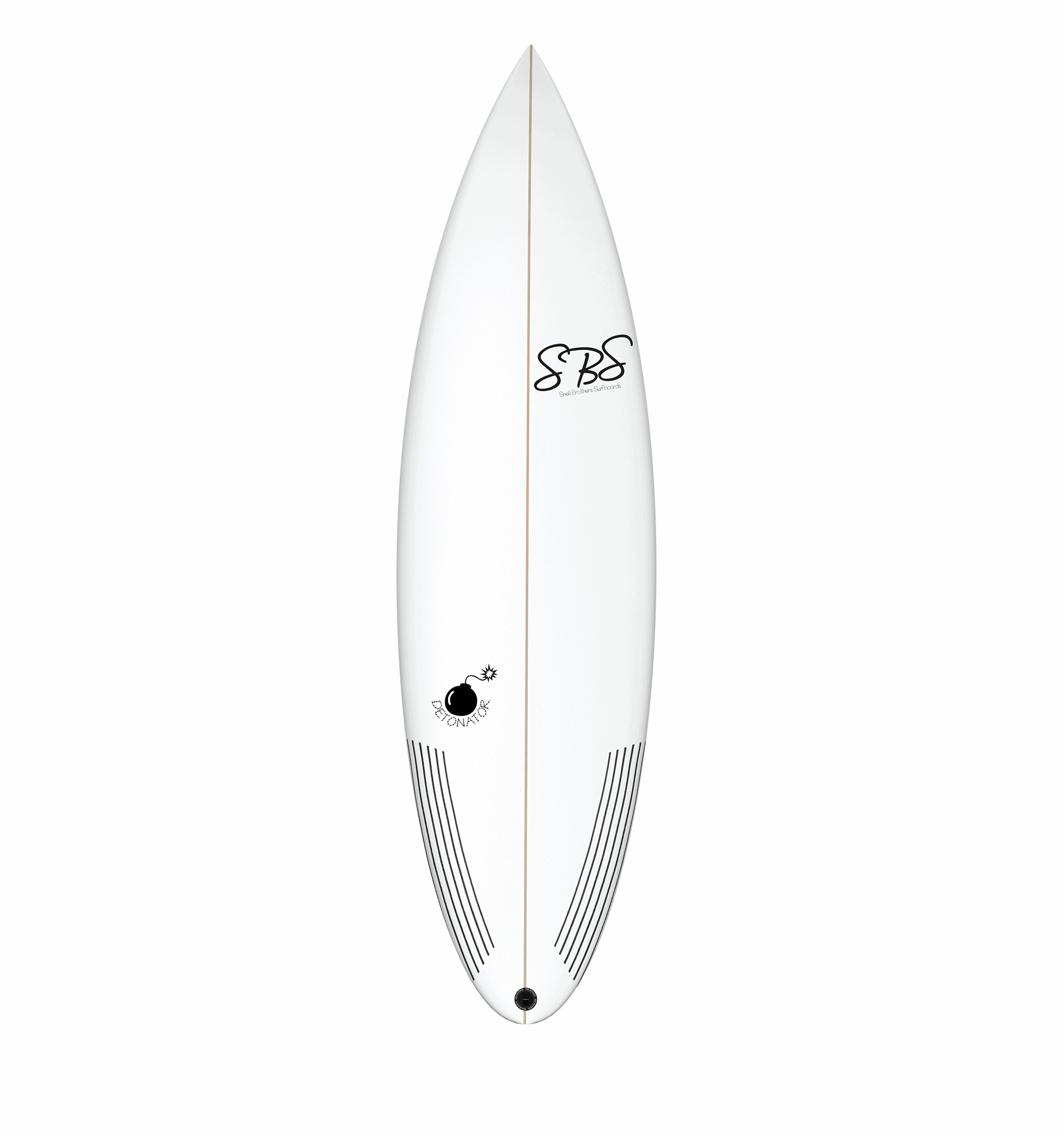
The Detonator
The Detonator is our ultimate performance shortboard, designed for fast-paced and progressive surfing. Without a doubt our ultimate all-around high-performance shortboard. Its 5 fin set up offers maximum drive and work on the bottom turns but still holds strong with supreme grip in big carves and hacks off the lip. The Detonator allows you to pick and choose from thruster to quads depending on the conditions making this board extremely versatile in big and small waves.
We have increased the volume in key areas and slightly lowered the nose entry rocker to make this board easier to paddle and catch waves, without losing that instant responsiveness for quick rail to rail transitions.
ABOUT THE SHAPE
Its modern foil and rail profiles help give this board that real high performance feels in bigger waves without sacrificing planning speed in smaller less powerful waves. It has a pronounced concave combined with a medium nose and tail rocker making this an ideal board for intermediate to advanced surfers looking for a board with an instant response that works great in the pocket. The rocker combined with the concave allows it to generate high-speed on the critical sections of the wave, whilst also letting you perform quick turns and amazingly short arcs within seconds. The rail profiles allow for extreme manoeuvrability throughout turns whilst maintaining maximum control.
We recommend the Detonator for Intermediate to Advanced surfers, and best surfed in waist high to well overhead surf. Overall the Detonator is going to be a great board for fast passed surfing, really tight carves and high-performance manoeuvres in good surf.
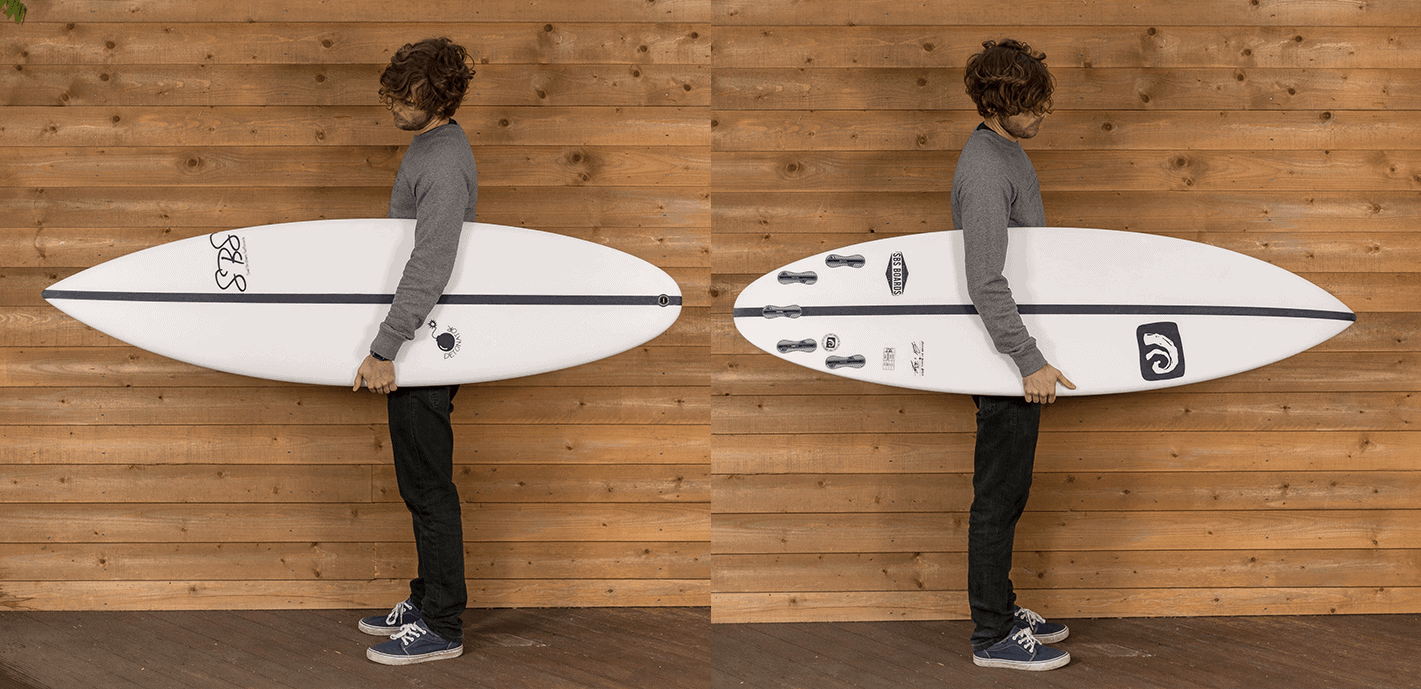
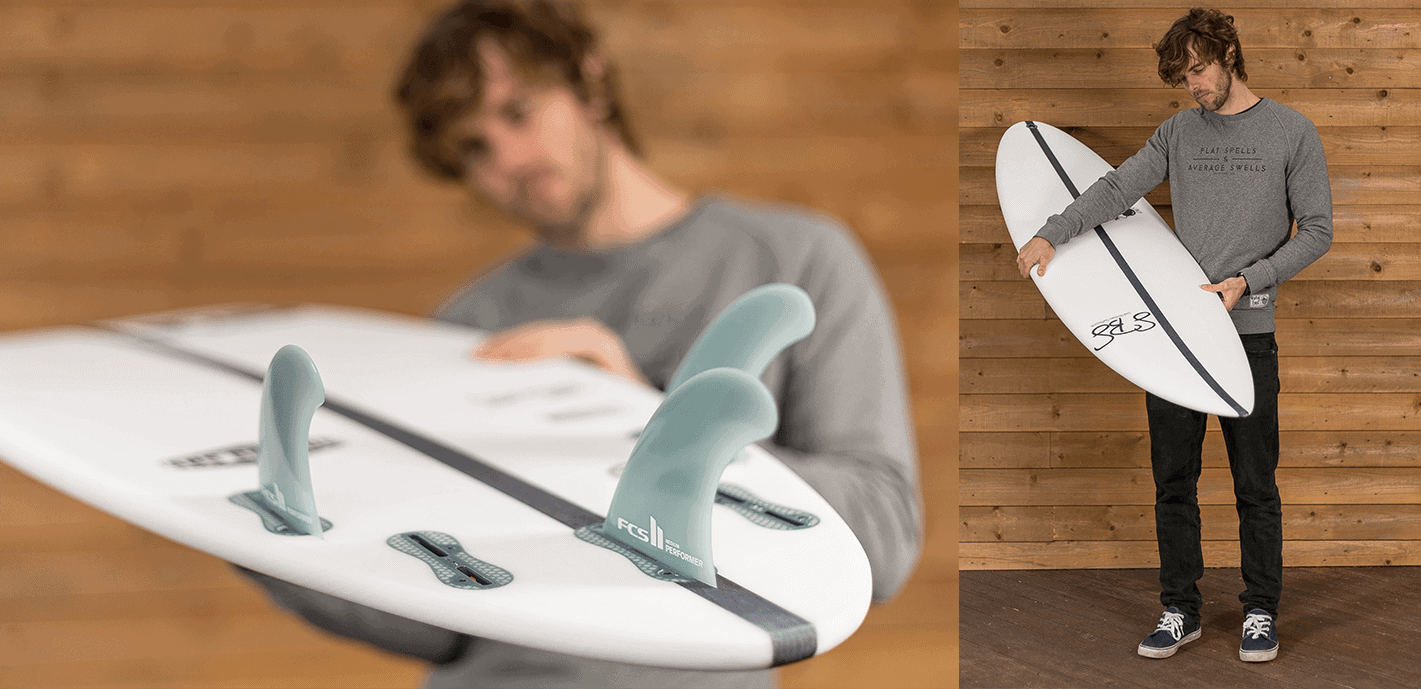
After surfing the detonator in morocco Joss started to really love the Detonator for bigger waves, as you can see in the video this board is a perfect surfboard for morocco’s bigger more powerful surf.
Related Posts
TOP 20 BEST SUP EXERCISES FOR HOME OR GYM
The Ultimate “KOOK” Test?
The Ultimate surfing Kook test/ 16 reasons you might be a kook
Can you sup at the wave Bristol?
After the explosion in popularity of the wave Bristol surfer alike flocked to Bristol to get some guaranteed waves in perfect conditions but as a paddleboarder as well I asked the question can you use a sup at the wave Bristol. I wasn’t alone after checking out...
The Wave Bristol On Beast Mode
Are You Good Enough To Surf The Wave Bristol On Beast Mode After the flurry of hype and internet clips that went viral in the UK surf scean the wave Bristol is not doubt a massive success and a big hit with the surfers of the UK. With its ideal placement for all the...
First Surf At The Wave Bristol Review
First Surf At The Wave Bristol Review" In November we took some of our team rider Joss to check out the wave garden Bristol and see what all the fuss was about. When we arrived at the wave Bristol, we were pleasantly surprised and the incredible facility they have...
5 Top Tips To Catch More Waves At “The Wave Bristol”
5 top Tips to caTCH waves at "the wave bristol"5 Top Tips To Catching More Waves In 2019 were lucky enough to be some of the first to surf the wave Bristol which is the world first fully commercial wave garden using the cove technology. We travelled up to Bristol to...



